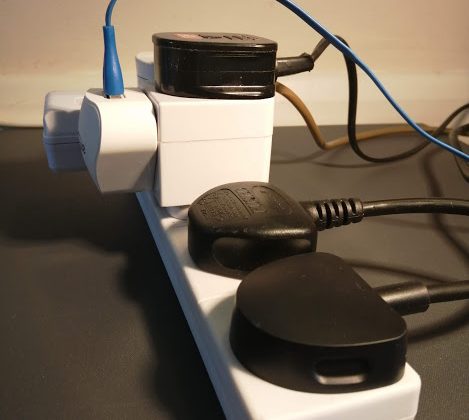
Health and Safety and Portable Appliance Testing
Why test your portable appliances.
The Electricity at Work Regulations 1989 require that any electrical equipment that has the potential to cause injury is maintained in a safe condition. However, the Regulations do not specify what needs to be done, by whom or how frequently. The frequency of inspection and testing depends upon the type of equipment and the environment it is used in. For example, a power tool used on a construction site should be examined more frequently than a lamp in a hotel bedroom. This information will be advised on the PAT certificate supplied. If you are unsure about the legal position then the HSE provides guidance on how to maintain equipment including the use of PAT.
Portable appliance testing (PAT) is the term used to describe the examination of electrical appliances and equipment to ensure they are safe to use. Most electrical safety defects can be found by visual examination but some types of defect can only be found by testing. However, it is essential to understand that visual examination is an essential part of the process because some types of electrical safety defect can’t be detected by testing alone.
The UK Health and Safety Executive along with insurance companies will expect you to perform PAT testing to ensure that you are compliant with certain regulations including: Health and Safety at Work Act of 1974, The Electricity at Work Regulations of 1989, The Provision and Use of Work Equipment Regulations of 1998 and The Management of Health and Safety at Work Regulations of 1999. So even though PAT testing itself is not legally required, it simply helps you to protect yourself by ensuring that you are complying with these regulations. This means that PAT testing is a critical part of your company’s health and safety and should be considered part of a solution to your safety concerns.



